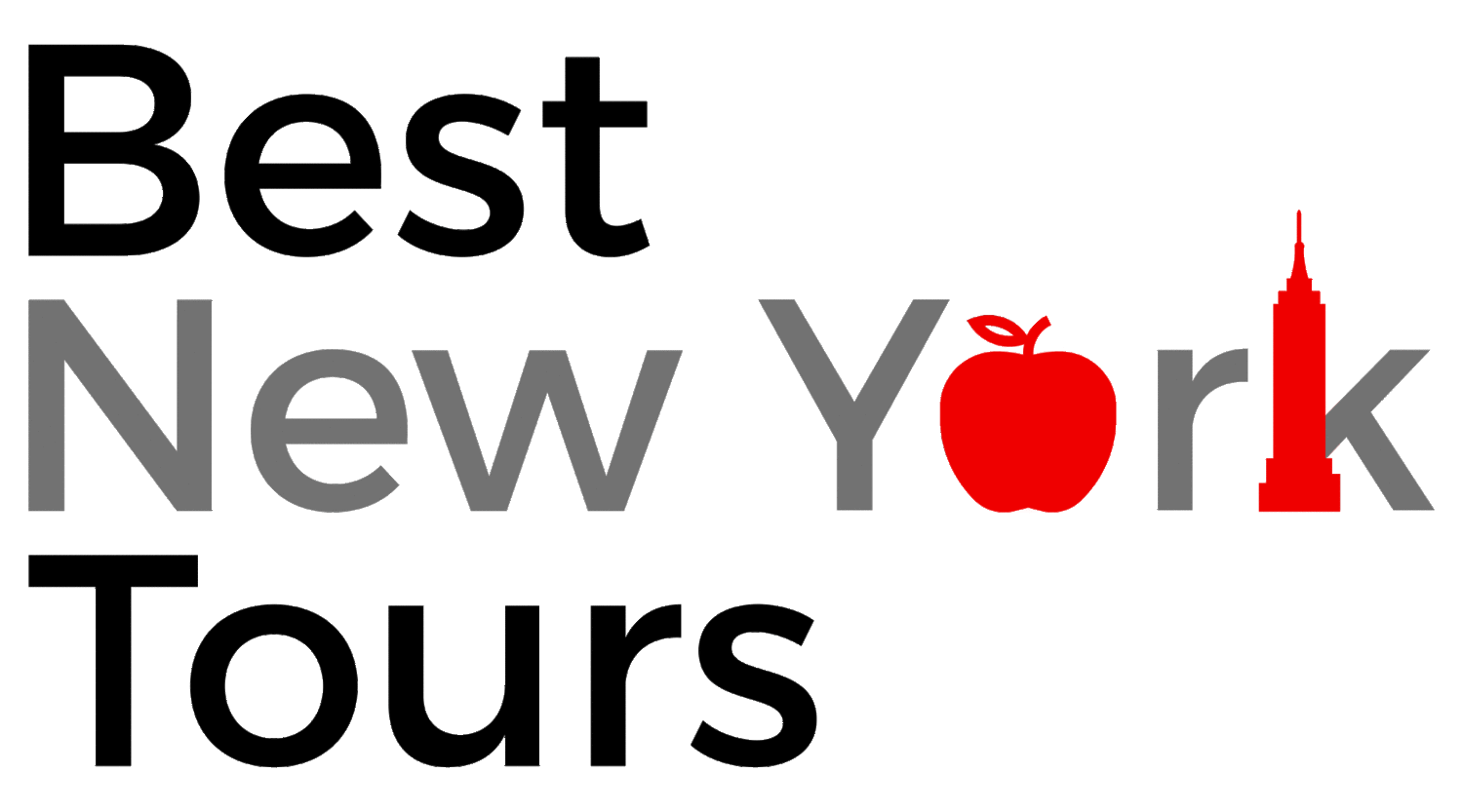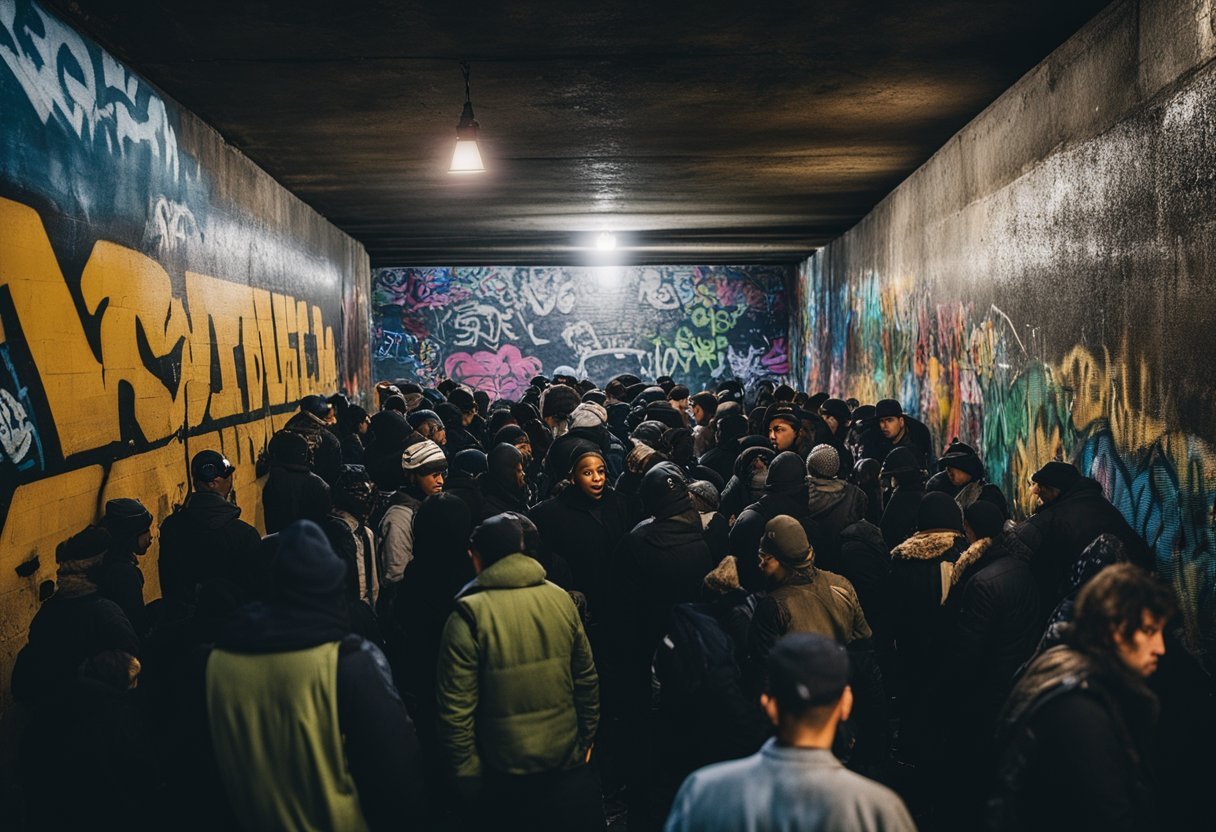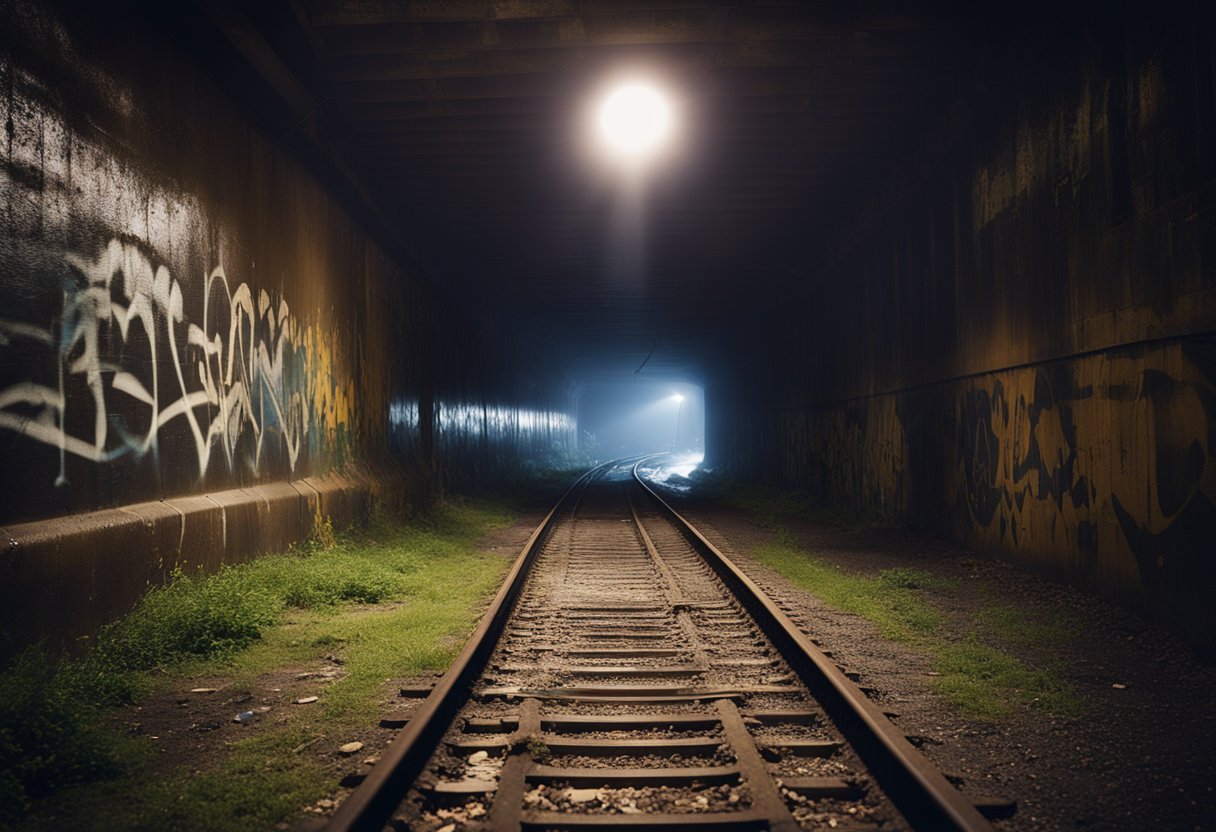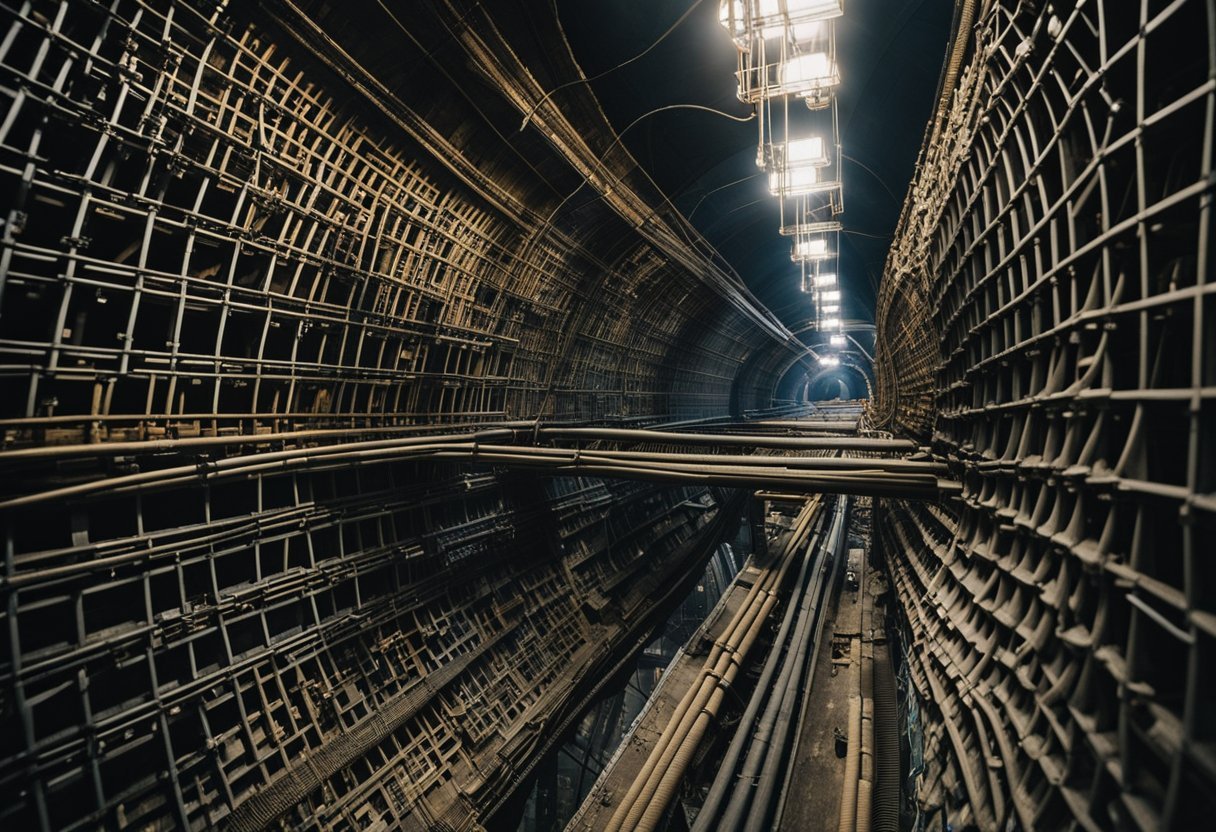Exploring NYC's Underground: Unveiling the Mysteries of the City's Hidden Tunnels
/New York City, a bustling metropolis famed for its soaring skyscrapers and vibrant street life, also holds a lesser-known domain beneath its concrete foundations. This subterranean world, veiled from the casual observer, is a vast network of tunnels and passageways that tell a different story of the city. The underground of New York City is not merely functional, housing the subway system that moves millions of commuters daily. It is also steeped in history and enigma, sparking the curiosity of urban explorers and historians alike.
The labyrinthine sprawl beneath Manhattan's surface ranges from the century-old subway lines to utility and service tunnels that are essential yet invisible to the city's operation. The subway system itself, a marvel of urban planning and engineering, extends over 245 miles of track, connecting diverse neighborhoods and serving as the lifeblood of NYC's public transportation. Beyond these well-trodden paths lie abandoned stations, hidden art installations, and remnants of a bygone era, each with a story to unveil.
Urban explorers seeking the thrill of discovery have long been intrigued by this underground network. Venturing into NYC's underbelly requires not only a sense of adventure but also a profound respect for the city's infrastructure and safety regulations. These tunnels are not mere relics of the past; they are active, dynamic parts of New York's ever-evolving landscape, reflecting its resilience and complexity.
History of NYC's Tunnels
New York City's underground tunnels have a storied past, originating in the 19th century and encompassing an expansive subway system. They include both bustling thoroughfares and shadowy, deserted passages lost to time.
19th Century Beginnings
The history of New York's underground tunnels dates back to the 19th century when the first endeavor was the creation of the Atlantic Avenue Tunnel. Constructed in 1844, it is considered the world's oldest subway tunnel. Initially used for freight trains, the tunnel eventually fell into disuse and obscurity. In 1981, local historian Bob Diamond rediscovered this hidden passage, unveiling a significant piece of New York's transport history.
Development of the Subway System
New York’s modern subway system began at the turn of the 20th century, in 1904, with the opening of the Interborough Rapid Transit (IRT), connecting City Hall with Harlem. The system rapidly expanded from Manhattan into other boroughs, reflecting the city's growth. The subway helped knit together the sprawling metropolis, as lines charted courses beneath rivers and urban landscapes, stringing neighborhoods together with steel rails.
Opening Year: 1904
Initial Route: City Hall to Harlem
Abandoned Stations and Forgotten Passages
New York City's subway system is not only a web of operational lines but also a tapestry of abandoned stations and forgotten passageways. These ghostly spaces, like the famed City Hall Station with its elegant architecture, tell a story of an evolving city that outgrew some of its parts. Abandoned stations provide a glimpse into former eras, standing as silent monuments to the city's relentless metamorphosis.
Famous Abandoned Station: City Hall Station
Characteristic: Elegant architecture
Cultural Impact of the Underground
New York City's underground tunnels have served as canvases for cultural expression and exploration, influencing various urban subcultures, from graffiti artists to urban explorers.
The Graffiti Movement
Graffiti artists have long found refuge in the hidden corners of New York's underground. The subterranean spaces like the Freedom Tunnel have transformed into galleries showcasing a wide spectrum of street art. These tunnels have housed impressive murals and tags, becoming a historical snapshot of urban artistry. They offer gritty backdrops where artists exercise their creative freedom, often distilling the city's dynamics into spray-painted artworks.
Mole People Myths and Realities
The tales of Mole People—communities purported to live in the bowels of New York City—have fascinated the public and media. While exaggerated stories abound, the reality is that these so-called Mole People are often homeless individuals seeking shelter underground. Their existence in the tunnels has highlighted socioeconomic issues and the city's ongoing challenges with homelessness. The rough conditions underground contrast sharply with the metropolis above, presenting a dichotomy that has inspired documentaries and articles aiming to separate myth from reality.
Urban Explorers and Their Quest
Urban explorers venture into the city's subterranean world with a thirst for discovery, navigating through restricted or abandoned spaces. Their quest often leads to serendipitous encounters with forgotten pieces of history and ephemeral artwork. Urban explorers document and share their experiences, contributing to a digital archive that has ignited public interest in the hidden aspects of the city. They tread a fine line between adventure and danger, adhering to a code that includes leaving sites undisturbed and maintaining secrecy about specific locations to prevent vandalism.
Modern Urban Exploration
The curiosity-driven world of urban exploration in New York City often operates in the grey areas of legality and safety. Urban explorers seek the thrill of accessing off-limits subterranean spaces, which presents various ethical and practical challenges.
The Ethics of Trespassing
Urban explorers often find themselves confronting the ethical dilemma of trespassing. They must weigh their desire for adventure against the legal ramifications and the respect for private property. Trespassing laws are clear and prohibit unauthorized entry, a boundary that urban explorers are aware of. They often argue about uncovering hidden histories or architecturally significant constructs not accessible to the public.
Schedule visits carefully to minimize disturbance.
Engage with property owners when possible to gain legitimate access.
Urban explorers must always consider the impact of their actions, emphasizing a leave-no-trace philosophy to ensure no damage or disturbance to the sites.
Safety and Preparation
The inherent risks of urban exploration necessitate rigorous safety measures and proper preparation. Explorers should never underestimate the dangers which can include unstable structures, hazardous materials, and unforeseen environmental risks.
Key safety measures include:
Appropriate gear: Wear protective clothing that adheres to a basic dress code for safety, including helmets and sturdy footwear.
Plan an emergency response: Always inform someone of your itinerary, and maintain regular check-ins.
Physical readiness: Ensure that all participants are physically capable of the demands of exploration.
Urban explorers must prioritize safety above all, never putting the group or individual members in harm's way. Detailed preparation and a solid understanding of personal limits are essential to the urban explorer's adventure.
Notable Locations and Landmarks
New York City's underground tunnels are an intricate web of history and utility. The following landmarks showcase the diverse uses and cultural significance of these subterranean spaces.
Riverside Park's Freedom Tunnel
Location: Beneath Riverside Park, Manhattan
Key Features:
A former Amtrak train route,
Known for its street art, primarily by graffiti artist REVS.
The Freedom Tunnel runs beneath Riverside Park and was a haven for the homeless in the 1990s. It is particularly renowned for its extensive and impressive graffiti collection, most notably the work of the famed graffiti artist REVS.
Basilica of St. Patrick's Old Cathedral
Location: Mott Street, Lower Manhattan
Key Information:
Offers catacombs tours beneath the basilica,
Serves as a historical marker within the city's religious history.
Below the Basilica of St. Patrick's Old Cathedral in Lower Manhattan, catacombs reflect the city's Catholic roots and immigrant past. This space has served various roles from a refuge for early followers to a burial ground.
The Canal Street Sewers
Location: Canal Street, Manhattan
Significance:
Older than the New York City Subway system,
Exemplifies engineering practices of the time.
Although less celebrated, the Canal Street Sewers are an essential part of New York's infrastructure. These sewers signify the early development of modern sanitation in the city and remain a testament to historical engineering.
Infrastructure and Design of NYC's Underground
New York City's underground is an engineering marvel, characterized by its robust subway system and intricate sewer networks. This labyrinth of tunnels showcases a marriage of functionality and design forged over centuries.
The Architecture of the Subways
Manhattan's subway infrastructure serves as the spine of NYC's public transportation, reflecting both historical and modern architectural practices. Each station displays unique characteristics, often blending with the neighborhood's aesthetic. Notably, stations are designed to handle large packages of passengers, facilitating seamless flow through a series of passageways and platforms.
Key Elements:
Materials: Utilization of durable materials such as steel and concrete.
Accessibility: Elevators and escalators provide access to platforms.
Safety: Implementation of fire-resistant materials and emergency exits.
The Complex Sewer Network
The sewer system beneath New York City is a complex network designed to manage the city's waste efficiently. Engineered to prevent floods and maintain sanitation, the network highlights key design elements to ensure functionality in a densely populated area like Manhattan.
Components:
Piping: Vast interconnected piping for wastewater transport.
Drainage: Designed for maximum efficiency in stormwater management.
Maintenance: Regular reviews for integrity and blockage prevention.
The sewers and subways are critical components of NYC's infrastructure, both representing significant achievements in urban design and architecture. They are constructed and maintained to ensure the city remains operational and habitable.
Graffiti and Art in the Tunnels
New York City's underground tunnels harbor a vibrant subculture that expresses itself through graffiti and art. Shadowy expanses beneath the bustling city streets become canvases for renowned graffiti artists and the setting for enigmatic art installations.
Famous Graffiti Artists
Thor is a name that reverberates through the tunnels beneath Canal Street, his signature work identifiable by those who brave the underground. Stories circulate about graffiti artists who skillfully evade the third rail's deadly electricity to leave their marks on this unseen part of the city. These urban artists often operate in obscurity, yet their creations might be stumbled upon by the city's unofficial residents, the mole people, or by the occasional urban explorer.
Art Installations in the Underground
In the depths of the city's hidden tunnels, art installations emerge from the darkness, offering unexpected encounters for those who find them. Bill Brand's "Masstransiscope," placed in an unused subway track, combines graffiti with kinetic art, showcasing a public artwork experienced by commuters. While not traditional graffiti, it is a testament to the vast potential of the tunnels as sites for unique artistic expression.
Local Stories and Urban Legends
New York City's underground expands far beyond the subway cars and stations that commuters are familiar with. Tucked away beneath the city's bustling streets are enigmatic tales and curious urban legends that have captivated the imaginations of locals and urban explorers alike.
The Legend of Bob Diamond
Bob Diamond is renowned as an ambitious urban explorer who discovered the Atlantic Avenue Tunnel, an abandoned train tunnel in Brooklyn. His accounts claim that in 1980, he independently uncovered the entrance to this hidden tunnel, which was sealed off in 1861 and had been forgotten by time. Diamond's persistent efforts not only shed light on a piece of New York's history but also inspired a wave of intrigue and admiration among urban exploration enthusiasts.
Tales of the Mole People
Urban legends describe the Mole People as a group of inhabitants who have created an underground life in the labyrinth of tunnels below New York City. While hard evidence of these communities is scant, stories tell of individuals and groups who have taken residence in the expansive network of abandoned subway stations and unused tunnels. These tales, occasionally shared by former residents or urban explorers, contribute to the mysterious allure of the city’s subterranean layer.
Practical Information for Visitors
Visiting New York City's underground tunnels offers a unique blend of adventure and historical insight. Proper planning can ensure a memorable experience.
Tour Schedules and Tickets
Tour Schedules: Visitors should check the official tour providers' websites for the most up-to-date schedules. Subterranean tours are typically available on weekends with occasional weekday offerings. The average tour lasts around 2 hours, but can vary depending on the itinerary.
Day Availability Notes Monday Limited Check for special openings Tuesday-Friday Varies Advance booking recommended Saturday-Sunday Regular Most frequent tours
Tickets: Purchase tickets in advance to secure your spot. Prices for tours are varied, often depending on length and exclusivity of the experience. Some providers also offer private tours, accommodating to a more personalized experience, where visitors can expect individual attention and detailed exploration. One can anticipate competitive offerings with full refund policies from reputable tour providers such as Private New York City Tours.
Rules and Regulations
Dress Code: Appropriate clothing is crucial for safety and comfort. It is recommended that visitors wear sturdy, closed-toe shoes and clothing that they do not mind getting dirty.
Safety and Conduct:
Do not stray from the group; the tunnels can be a labyrinthine and hazardous.
Follow the guide's instructions at all times.
No littering. Respect the underground environment.
Photos: Photography is commonly allowed, but flash may be prohibited in certain areas to preserve the integrity of the experience and for safety reasons.
Accessibility: Not all areas of the tunnels may be accessible to everyone due to their nature. Visitors with specific accessibility requirements should contact tour providers in advance to discuss available options.
It's advised to read previous visitors' reviews to set realistic expectations and gather insights on what to anticipate from the subterranean journey. Engaging with reviews may also help in selecting the most suitable tour company and gaining tips from seasoned New York underground explorers.









